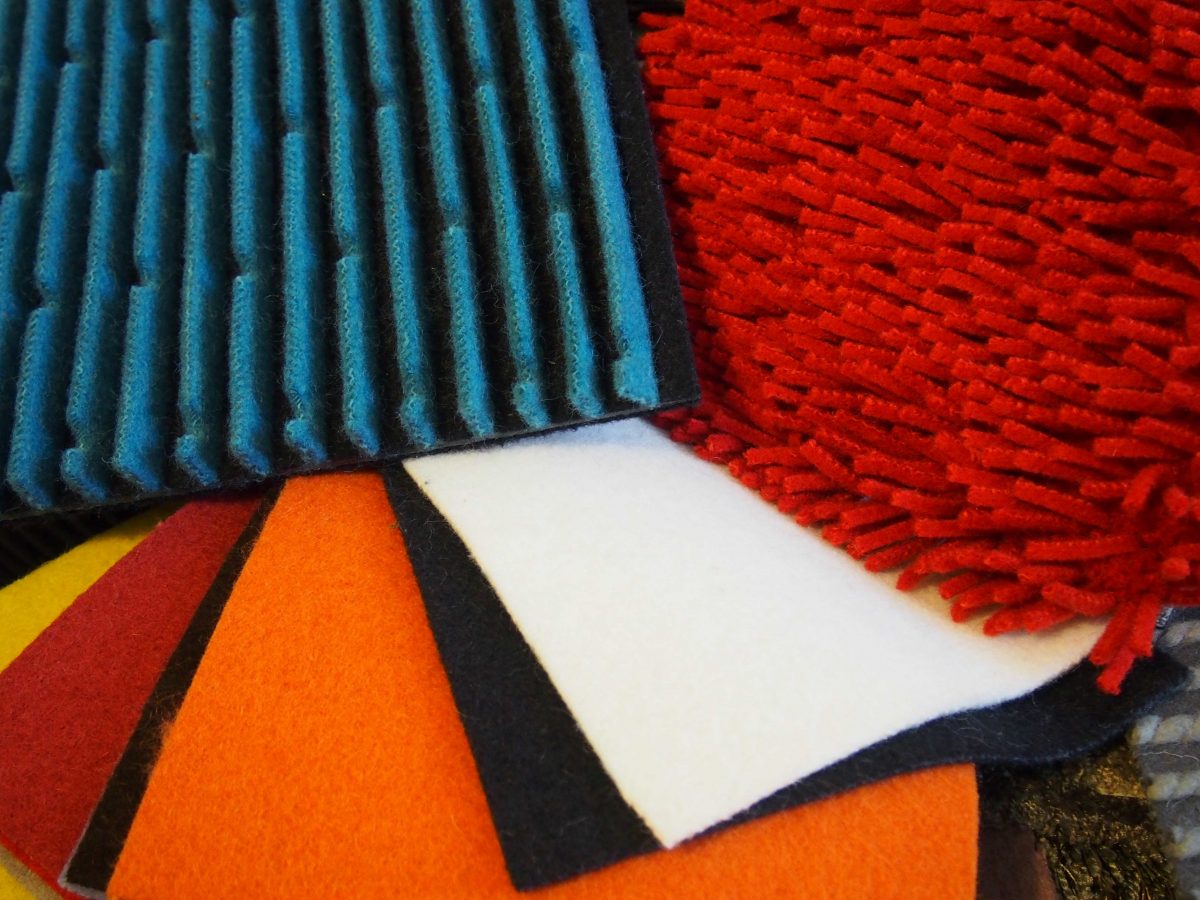New article from WOOLUME: Acoustic Performance of Tufted Carpets Coupled with Underlayment Produced from Tannery Wool Waste

Authors: Jan Broda, Katarzyna Kobiela-Mendrek, Marcin Baczek and Monika Rom
Abstract
Sheep wool is a precious, renewable raw material that is nowadays disregarded and wasted. To better use local sources of wool, it was used to manufacture tufted carpets. The coarse wool of mountain sheep was used to form a carpet pile layer, while the waste wool from the tannery industry was applied to form carpet underlayment. During investigations, the acoustic performance of the carpets was assessed. The carpets’ sound absorption coefficients and transmission loss were determined using the impedance tube. It was revealed that the adding of underlayment improves the carpet’s sound absorption only
at medium sound wave frequencies. The underlayment significantly increases transmission loss in the whole frequency range. The acoustic performance of the carpets with the wool underlayment is similar to the acoustic characteristics of the carpets with an underlayment made from polyester. It was concluded that wool nonwovens can be used as an effective, eco-friendly, sound-absorbing carpet underlayment, which can improve wool utilisation and contribute to the reduction in environmental pollution caused by plastic residues